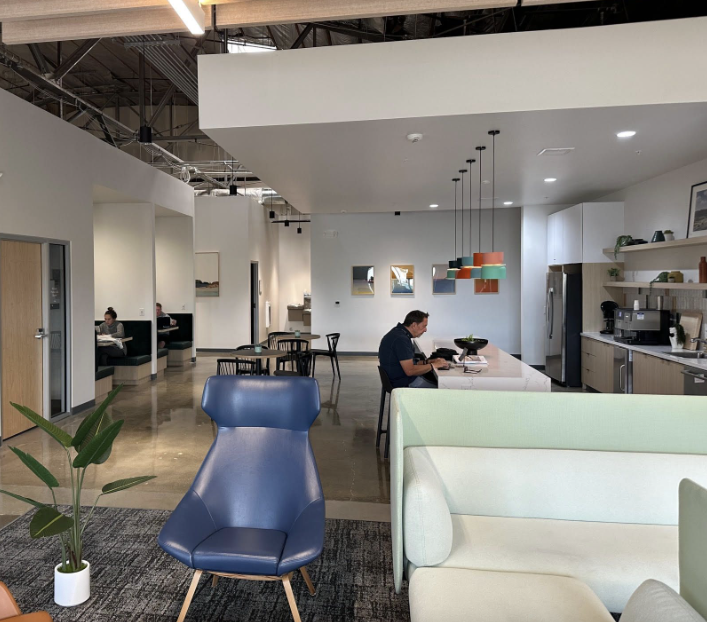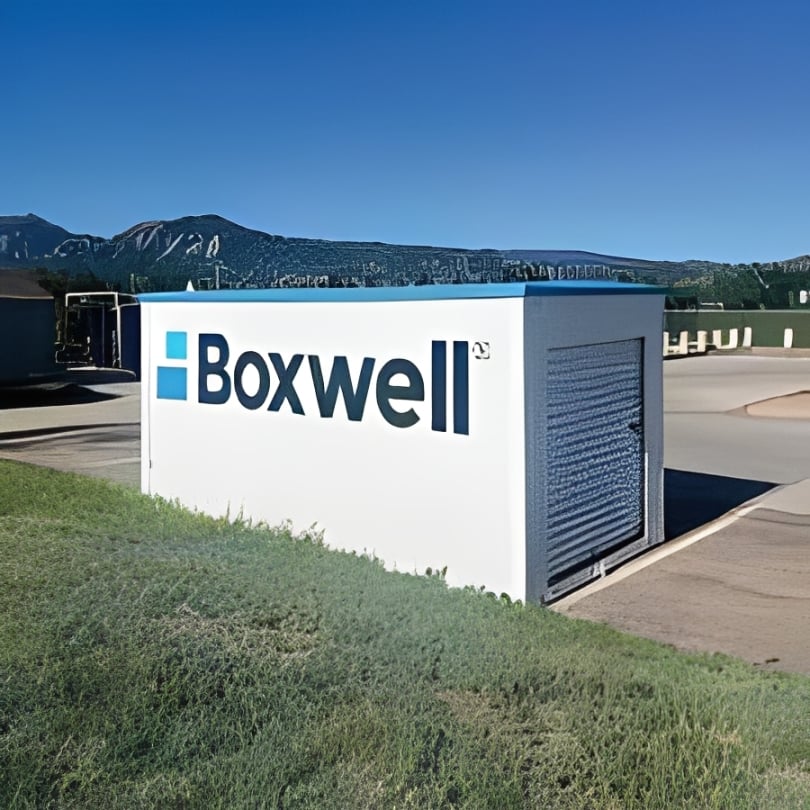Understanding Facility Data: Don't Leave Money on the Table!
Imagine going into your doctor’s office and hearing medical jargon when they are giving you test results. Instead of asking questions, you simply get up and walk out of the office, not fully comprehending what you were just told.
“When you’re reading your reports and management summary, it’s just like getting a checkup and reading or hearing the results,” says Carol Mixon, president of SkilCheck Services Inc. in Tucson, Ariz. “You have to know all the terms and understand them to make an informed decision.”
Mixon, who audits facilities, continues, “I wish more owners would learn what they are reading; it can make so much difference in their cash flow.”
In one example, a facility owner thought they were doing great because the occupancy rate on the management summary showed 95.4 percent occupied. However, when studying the summary further, it also showed the Effective Rate After Concessions was $70,826 and 57.9 percent. As well, there were over $300,000 in concessions and 14 tenants needed to be auctioned.
“This may be an extreme example, but these are the clogger of the arteries when it comes to income potential,” says Mixon. “The owner thought the property was doing well because of occupancy, when in fact the store was doing poorly.”
Ten Metrics That Spell Success
- Same-Store Sales Increase (SSSI)
Measure this at least annually, but it can be measured anytime. Look at last year’s management summary, as well as the year before. Divide the total income last year by the income for the year before. This will give you the SSSI. - NOI Increase
Measure this at least annually, but it can be measured anytime. Obtain last year’s cash flow statement, as well as the year before, and divide the total net operating income last year by the net operating income for the year before to calculate the NOI increase. - Gross Potential and Street Rates
If you’re doing rate increases on a regular basis, your gross potential should be going up. Every tenant should be given a rate increase at least annually. - Insurance Sales
What percent of move-ins are being sold insurance? Ballard says at least 85 to 90 percent of renters should be purchasing insurance, which adds income in your pocket. - Box Sales Per Lease
What’s the total of retail sales per lease? - Discount Percent
How much are you giving away in discounts? Those who are getting more than a 50 percent discount should equal the total company or complimentary spaces. - Fees Waived Percent
Are your managers collecting late fees and other fees or are they waiving them unnecessarily? - Delinquent Percent
Ballard says it’s very important not to have any delinquency showing in the 61- to 90-day categories. “If managers are processing delinquencies for lien sales at 30 days, you shouldn’t have any delinquencies in this category,” she says, adding that delinquencies shouldn’t exceed 3 to 5 percent of the gross potential. “Anything over that and your store has a delinquency problem.” - Expense Percent
What is your expense percentage? - Economic Occupancy and Customer Rates
There are three types of occupancy that must be understood: unit, area, and economic.
Understanding The Management Summary
Key points of your management summary include:
- Rent vs. Actual Occupied Unit Rates – Do your rents collected equal your contract totals? If not, you need to figure out why.
- Payment Receipts – Add late fees and other fees collected. Under Concessions, add the late fees waived with other fees. Divide waived fees by collected and this number should be less than 10 percent.
- Occupancy – Compare the percent of units, percent of area, and actual occupied unit rates. Are your three types of occupancy in balance? Which is higher?
- Rent Last Change – Add 0 to 6 and 6 to 12, does that number equal your total occupancy? If not, why are there renters who haven’t received an increase?
- Owner’s Alert – This area will tell you if there are things you should be aware of, such as tenants who are not receiving rent increases, as well as deleted units and deleted charges (which may indicate an employee is hiding something off the books).
“The most important part is understanding all of the numbers on the summary,” says Mixon. “Owners, as well as managers, should be learning the software and doing webinars.”
Mixon recommends taking webinars through Sitelink. “They don’t explain how to read the reports, but there are tutorials you can find on YouTube.”
When setting up the software, it’s important for managers to have access, but there are different levels of access; only owners should have “owner” access, which allows them to change unit numbers, etc. “In one example, I had a store I audited that was missing five units,” says Mixon. “The units disappeared from the software and the tenants were paying cash. The units weren’t showing up and the cash didn’t show up as income. The manager was stealing.”
Ensure Managers Know Expectations
Another step Gibson’s managers do is review the rents at least once a month to make sure all specials are up to date. “We also review these at corporate to ensure no one is giving sweetheart deals,” she says.
With regard to delinquencies, her managers also review the past-due reports at least once a week. “These are the three things we look at regularly to make a determination on how a property can make more money,” says Gibson. “The exception report makes sure managers aren’t writing off late fees and are also increasing rents as they should.”
Additionally, they send emails to each manager monthly. “We tell them where they stand in regard to goals and expectations,” says Gibson. “These emails also outline our support in helping them improve, if necessary.”
Hitting Budget Starts With Basics
- Expect a daily close and balance, bank deposit.
- Expect cleanliness everywhere, no matter how old the facility.
- Expect concise written or digital instruction for all processes.
- Expect standards and goals to be provided for all areas.
- Expect to measure performance daily, weekly, monthly, and annually, and provide at least an annual performance review.
- Expect to succeed with consistent inspections of all areas you deem important.
- Expect marketing or rate management every week or month.
- Expect to see at least a 10 percent improvement.
More Content
Popular Posts
The self storage industry is in a precarious...
Joe Shoen, CEO of U-Haul, has had enough.
Like its name implies, Surprise, Ariz., a...
Joe Shoen has had enough.
In a record-breaking deal finalized May 12,...
Senate Bill 709 (SB709) has many in the...
Donald Trump has just reclaimed the White...
The question of “abandonment” of stored...
Self-storage operators wear a lot of hats....
In 1992, Clinton strategist James Carville...
Recent Posts
From policy pivots in Ottawa to tariff...
Self-storage operators have struggled to...
Their signature red coats may draw attention...
Nailing down Josh and Melissa Huff for an...
Most self-storage operators are running...
The storage industry has long been a sound...
Despite widespread adoption of modern...
This year marks a major milestone for...



















